tell each other right player ou left player is easy. But are you able to recognize that you look like more to a right player while you want always play on the left?
It's a really interesting topic to talk about when we play padel as a right-hander. Most certainly you found yourself on the track with a new partner who told you: "I only play on the left". And the problem is, you are too! So, what are you doing ? As you are nice, you pass to the right, and you lose the match, telling yourself that you would certainly have won it if your positions had been different...
Copy the pros
It's the first thing to do. Take as an example Juan Lebron. He currently plays on the right but is originally a left player! And maybe one day he will separate from Galan and resume his position on the left. For Tapia we saw the same thing. For Bela too, to name a few...
Why do you have to know how to play on both sides? To be able to choose the best partner available, but also to better understand the game and be able to adapt to all match situations.
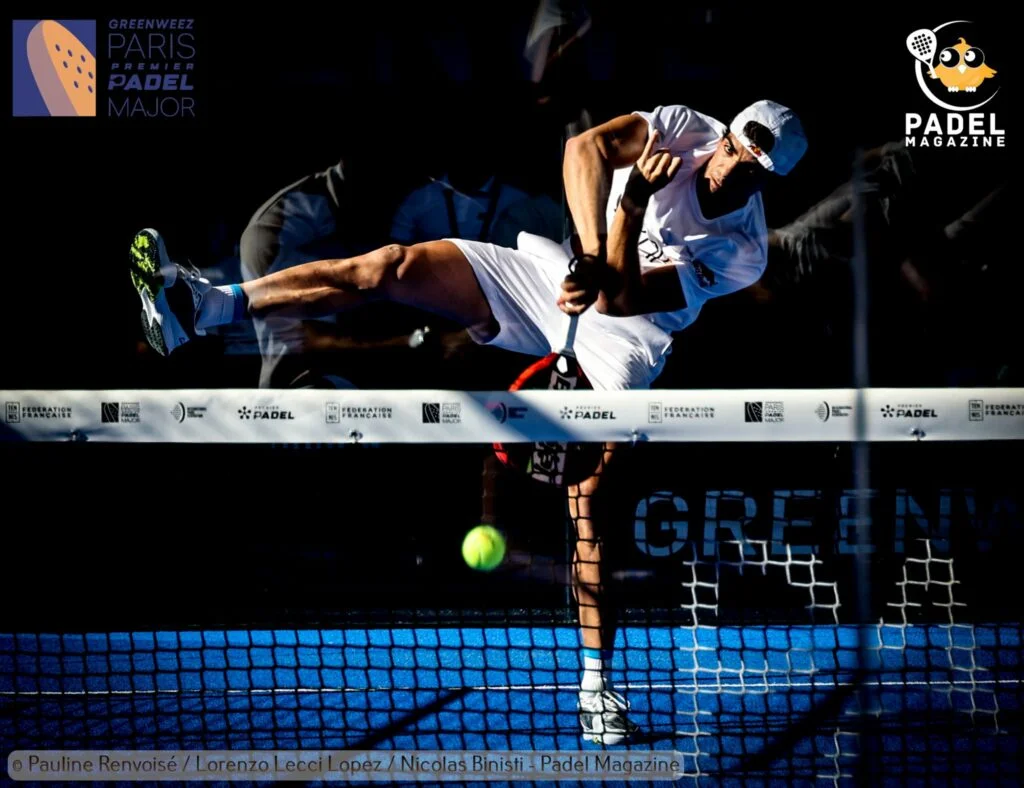
When learning
It is interesting in children and even in beginner players, to start on the right side of the track. First of all to assimilate the fact of putting the ball back and building the point. Then to learn how to negotiate all the rebounds, whether the ball comes from a right-hander or a left-hander. Finally, knowing how to play on the right will allow you to understand the work done by your teammate the day you switch to the left.
More to the right or to the left?
You will have understood it, padel you have to know how to do everything. Let's take several scenarios.
You have a regular partner, you get along well, you have found your position and the performances are there. Nothing to say, it's perfect, everything is fine.
You play for the first time with a partner who plays on the right, and you, you play on the left. Again nothing to say.
On the other hand, the first match with a player who plays on the same side as you, that's where the problem arises. The solution ? Go right without making any fuss. Maybe indeed, your new partner is very strong on the left, better than you, and you will form a magnificent team. But maybe you'll realize that nothing is working, and at the end of the first set, the score will be overwhelming in favor of your opponents. It will certainly be time to change and at that time you will have many more arguments than at the start of the match. Given the score, this new teammate will probably accept more easily to turn.
Please note: it will be necessary that during the first set you were remarkable. Super teammate who encourages, motivates, reassures, prepares, in short, you will have understood it, you will have tried everything to save the set but unfortunately it will not have worked and the solution will surely be to reverse the positions.
How do I know if I'm a right-handed player?
This player is generally calm, composed, thoughtful, tactician, patient, with a good hand to deposit the ball at the four corners of the track. He knows how to motivate his partner, encourage him in his game but also calm him down when the time comes. He knows the score, recognizes the important moments of a game or set and will suggest short-term (one point) or longer-term (several games) tactics.
This player can sometimes touch a lot of balls and will then have to organize the game, or sometimes touch very few balls and then be more incisive to relieve his partner.
How do I know if I'm a left player?
The player on the left is more of a showman. It is he who often imposes himself to put an end to the points. Big strikes, incisive volleys, aggressive defenses, he likes to take risks. Often sanguine, he takes situations to heart and it's more entertaining to be by his side when his team wins the points rather than when they lose them. He has several heavy loads on his shoulders.
The first is its position in relation to the score. It is he who must return the important points: advantages, 40-30 or 0-40, the tight points during the tie-breaks, it is for him.
The second is that more bullets are coming at him, so physically he will have to be strong, hold the intensity to bite as soon as possible.
So ? Rather player of right or left? One thing is certain, even if you feel more comfortable on one side than the other, do not hesitate to change to understand what your partner is going through. And if you are open-minded, you will understand that depending on the situation, it is better to leave your place for the good of the team. Let's go!
Julien Bondia is a teacher of padel in Tenerife (Spain). Columnist and advisor, he helps you play better through his tutorials and tactical/technical articles padel.




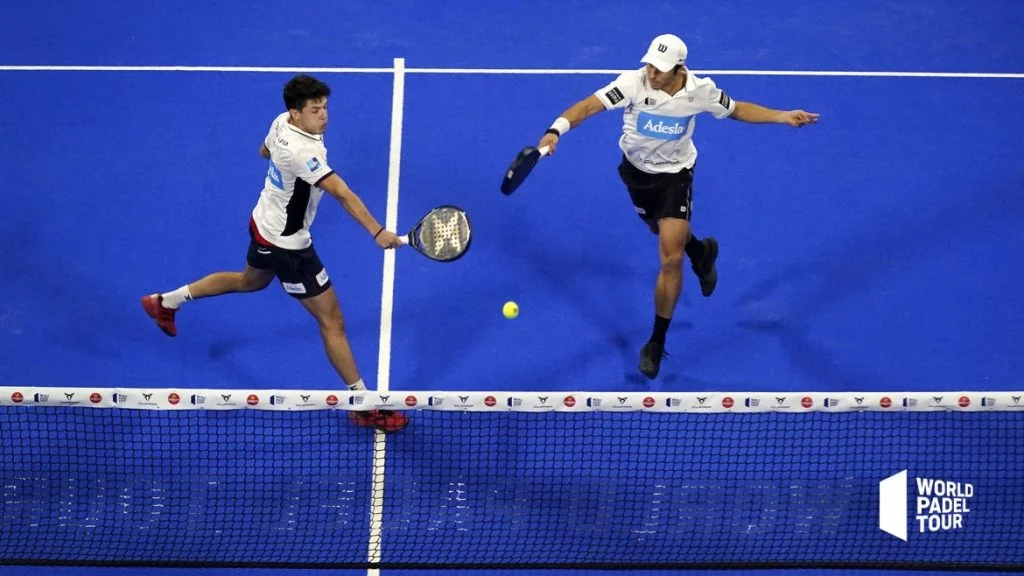




































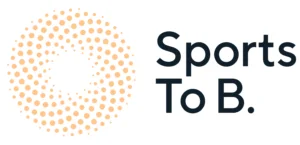

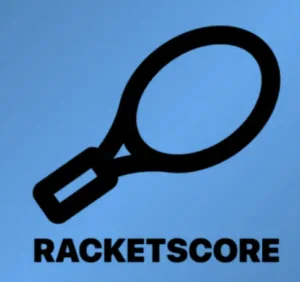






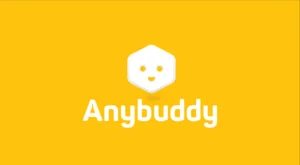







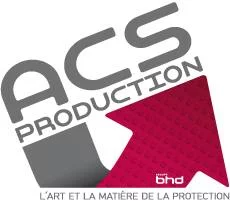
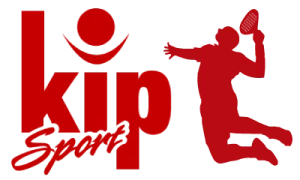



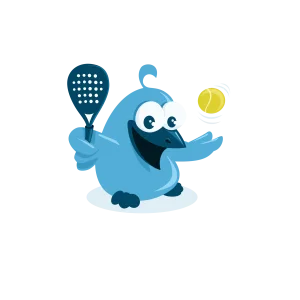

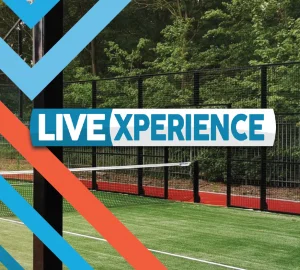
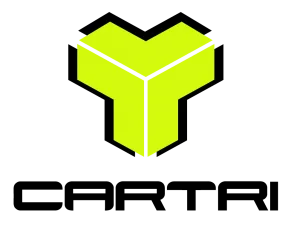


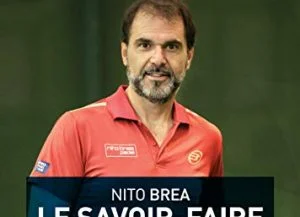
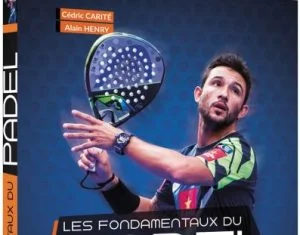




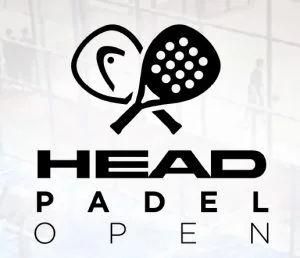





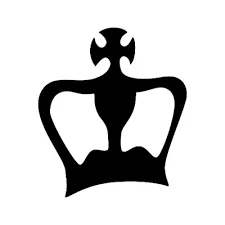




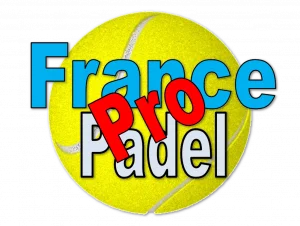




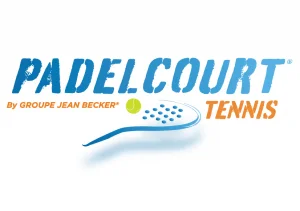



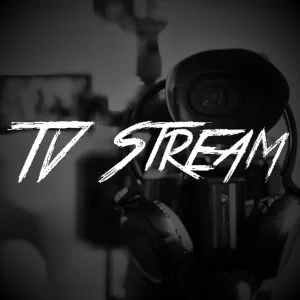
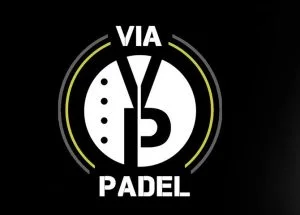




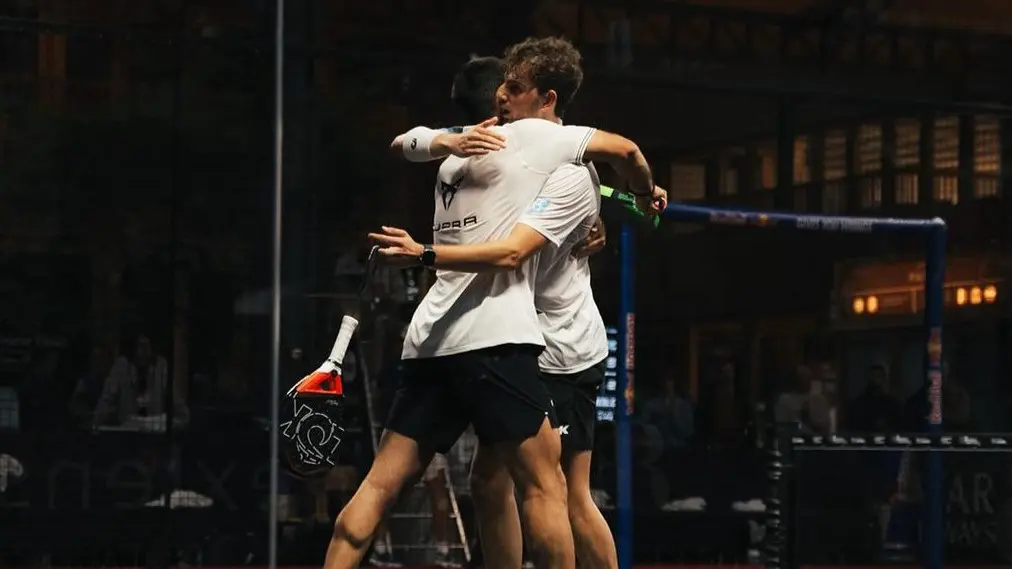 Premier Padel Brussels P2 – Mike Yanguas and Javi Garrido once again take the advantage over Stupa / Di Nenno
Premier Padel Brussels P2 – Mike Yanguas and Javi Garrido once again take the advantage over Stupa / Di Nenno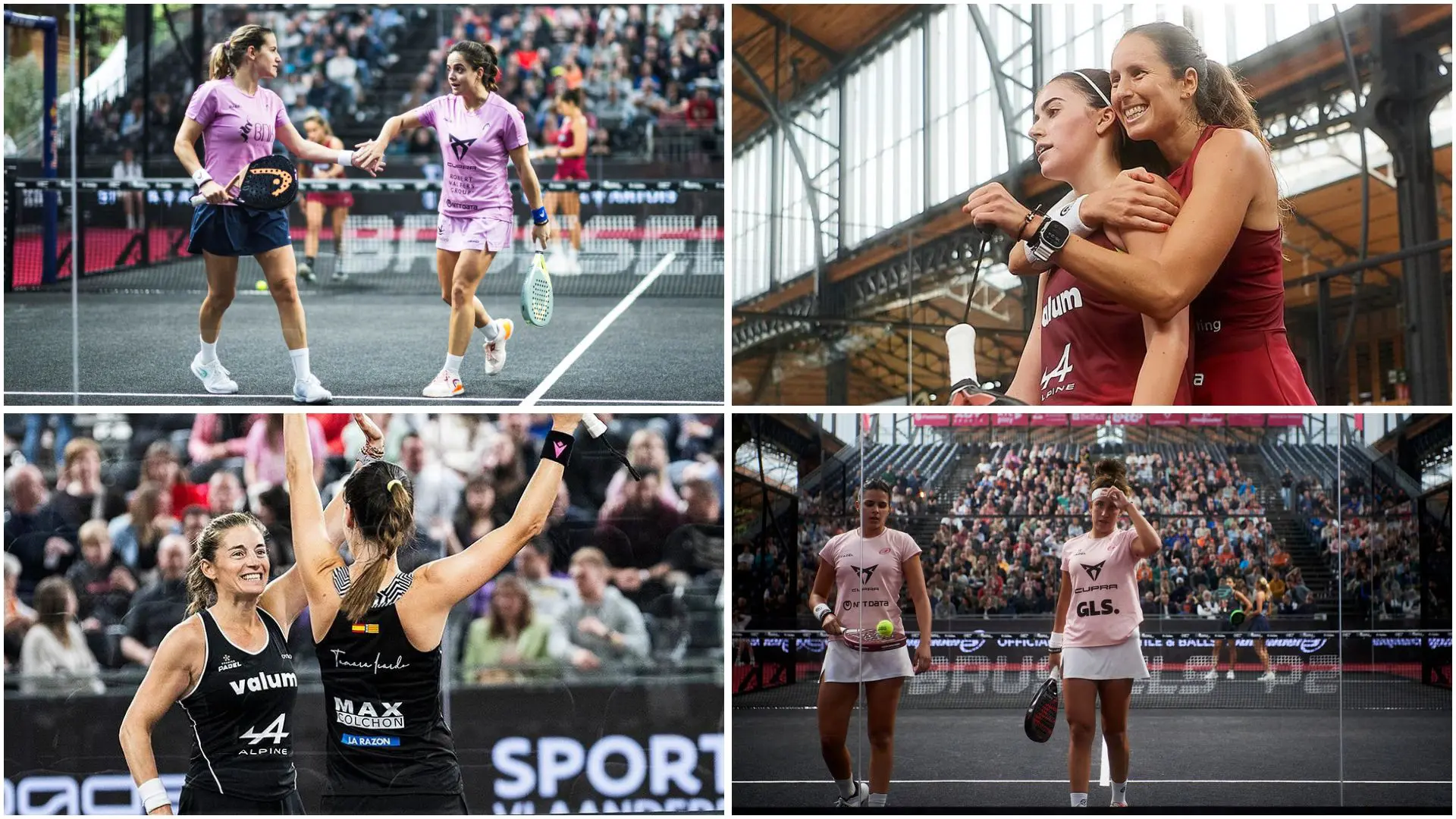 Premier Padel Brussels P2 – The women’s Big 4 at the semi-finals!
Premier Padel Brussels P2 – The women’s Big 4 at the semi-finals!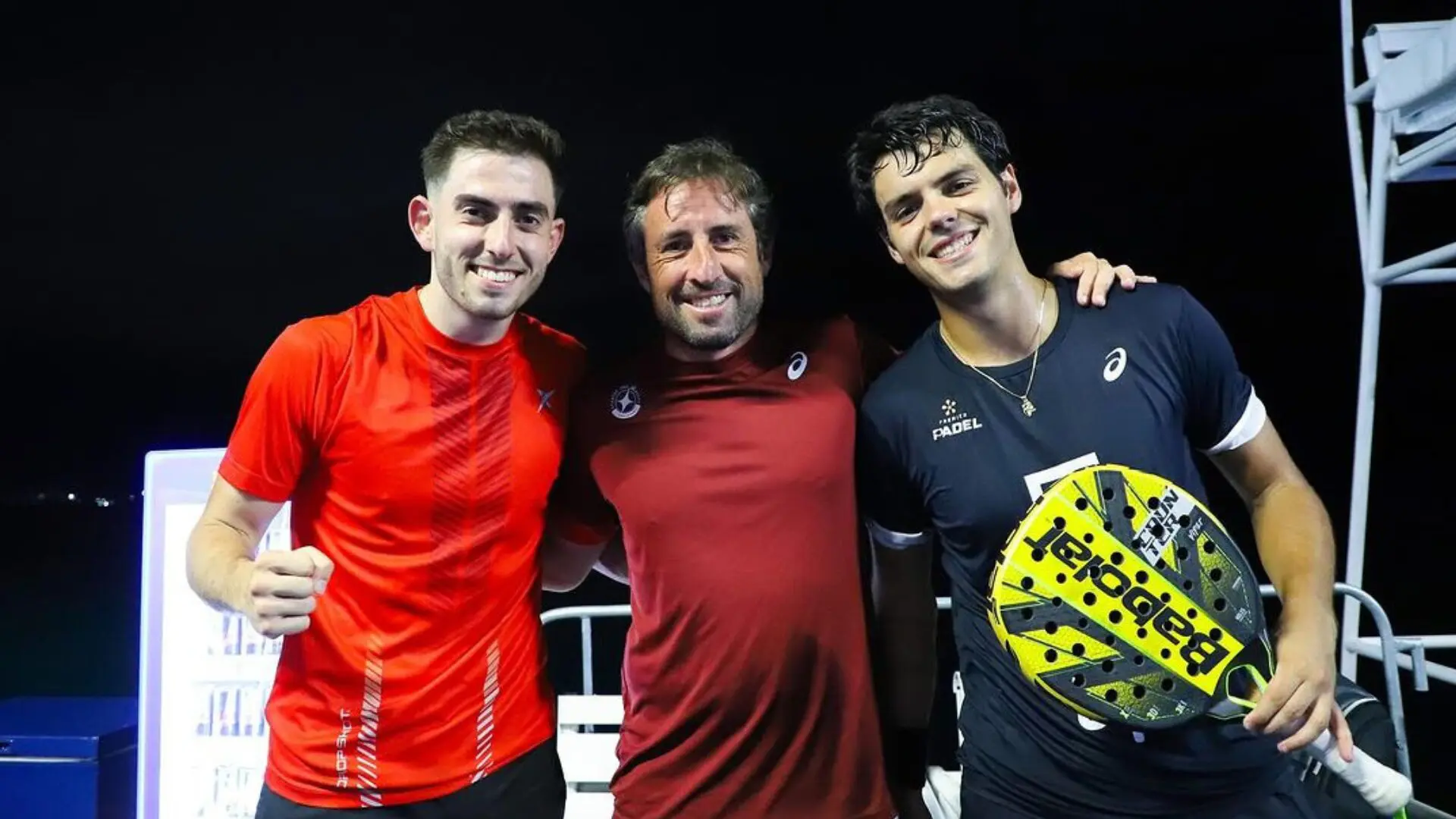 Premier Padel Brussels P2 – Sanz and Nieto win a big fight against Lebron / Navarro!
Premier Padel Brussels P2 – Sanz and Nieto win a big fight against Lebron / Navarro! Guillaume Codron de Sud Padel : “A family project”
Guillaume Codron de Sud Padel : “A family project” Nallé Grinda: “Democratize the padel in the USA with PadelX "
Nallé Grinda: “Democratize the padel in the USA with PadelX "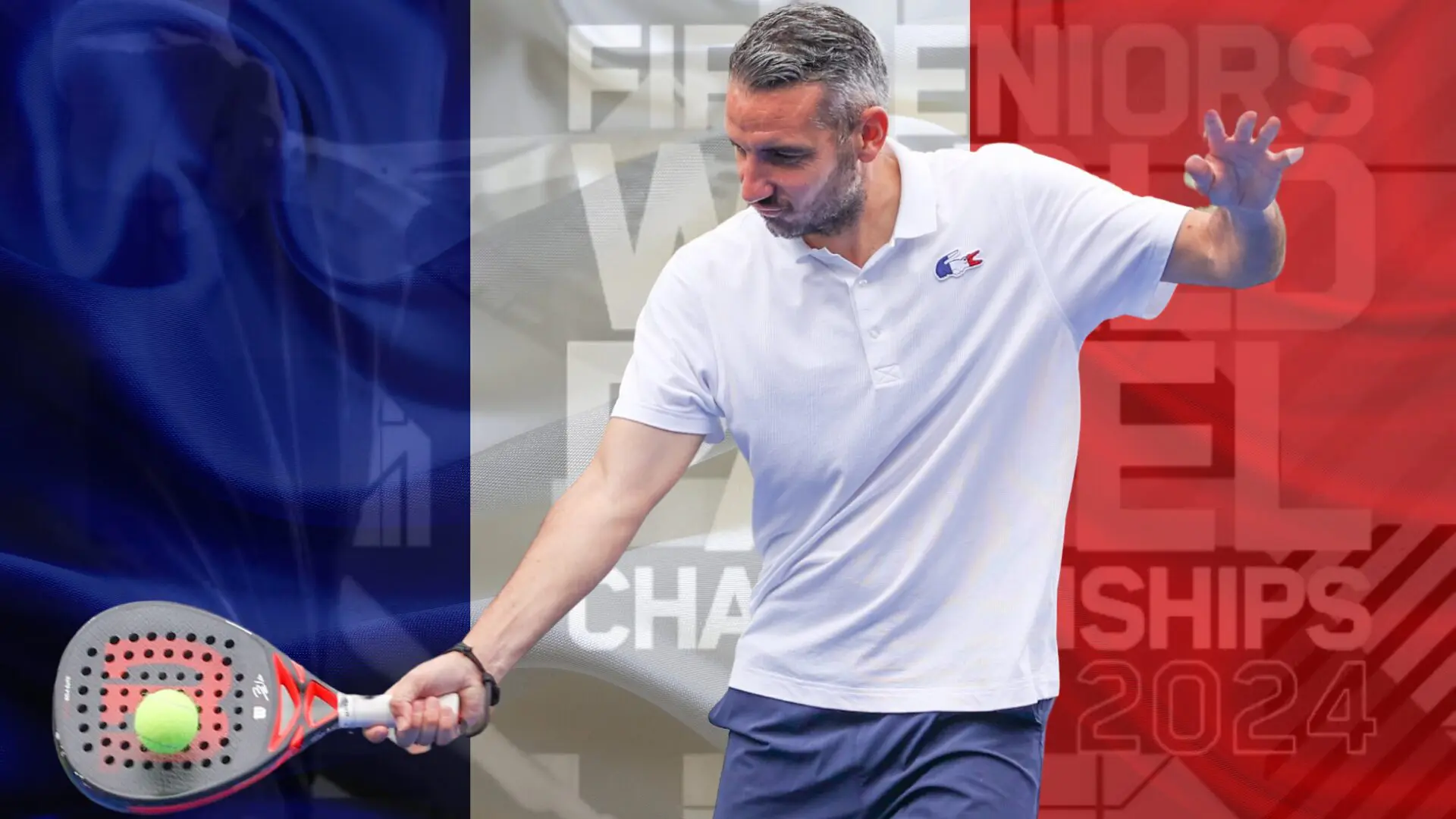 Simon Boissé: “We know that there are two nations in front of us”
Simon Boissé: “We know that there are two nations in front of us”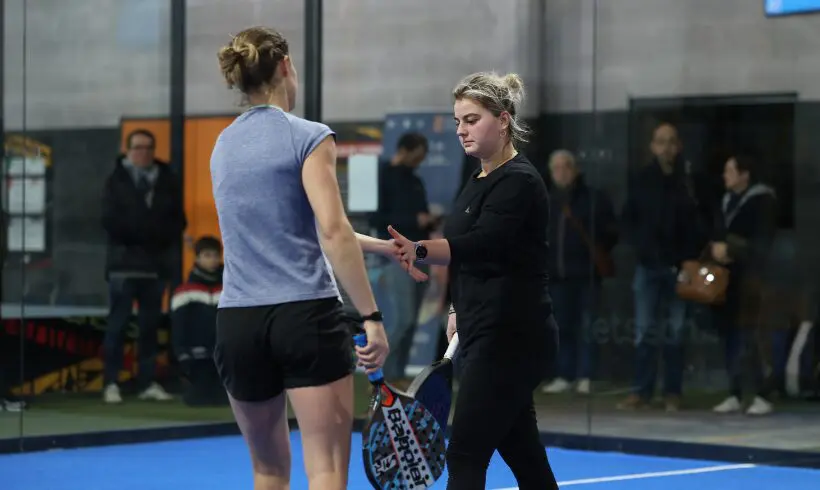 Marie Maligo: “This period of frequent changes of partners was beneficial for me”
Marie Maligo: “This period of frequent changes of partners was beneficial for me” Gilles Moretton: “We will be able to put the padel at the level of tennis”
Gilles Moretton: “We will be able to put the padel at the level of tennis” Two P1000 doubled prize money approaching!
Two P1000 doubled prize money approaching!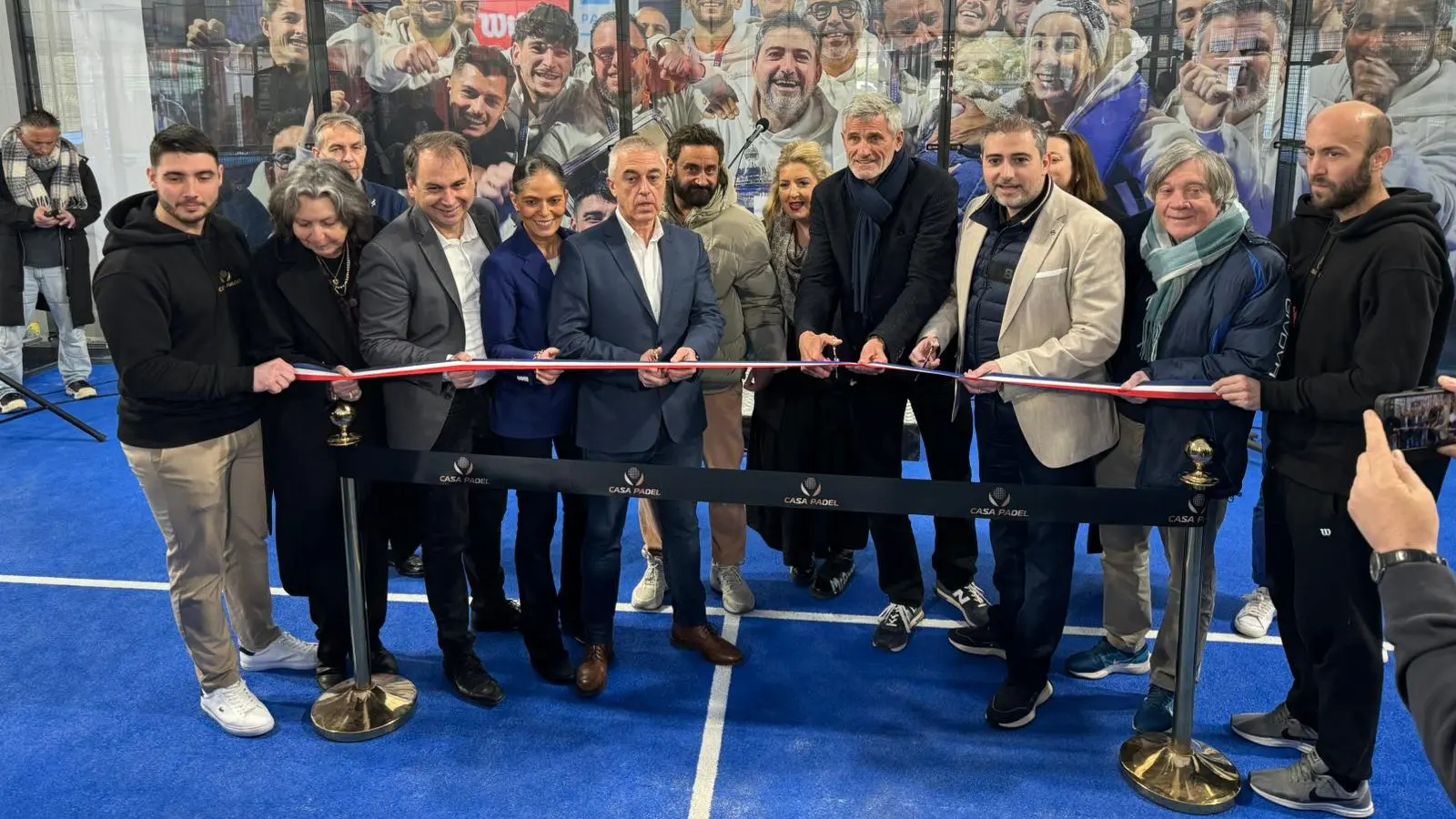 José Manuel Escin at the inauguration of Casa Padel DOS: “Finally, and thank you!”
José Manuel Escin at the inauguration of Casa Padel DOS: “Finally, and thank you!”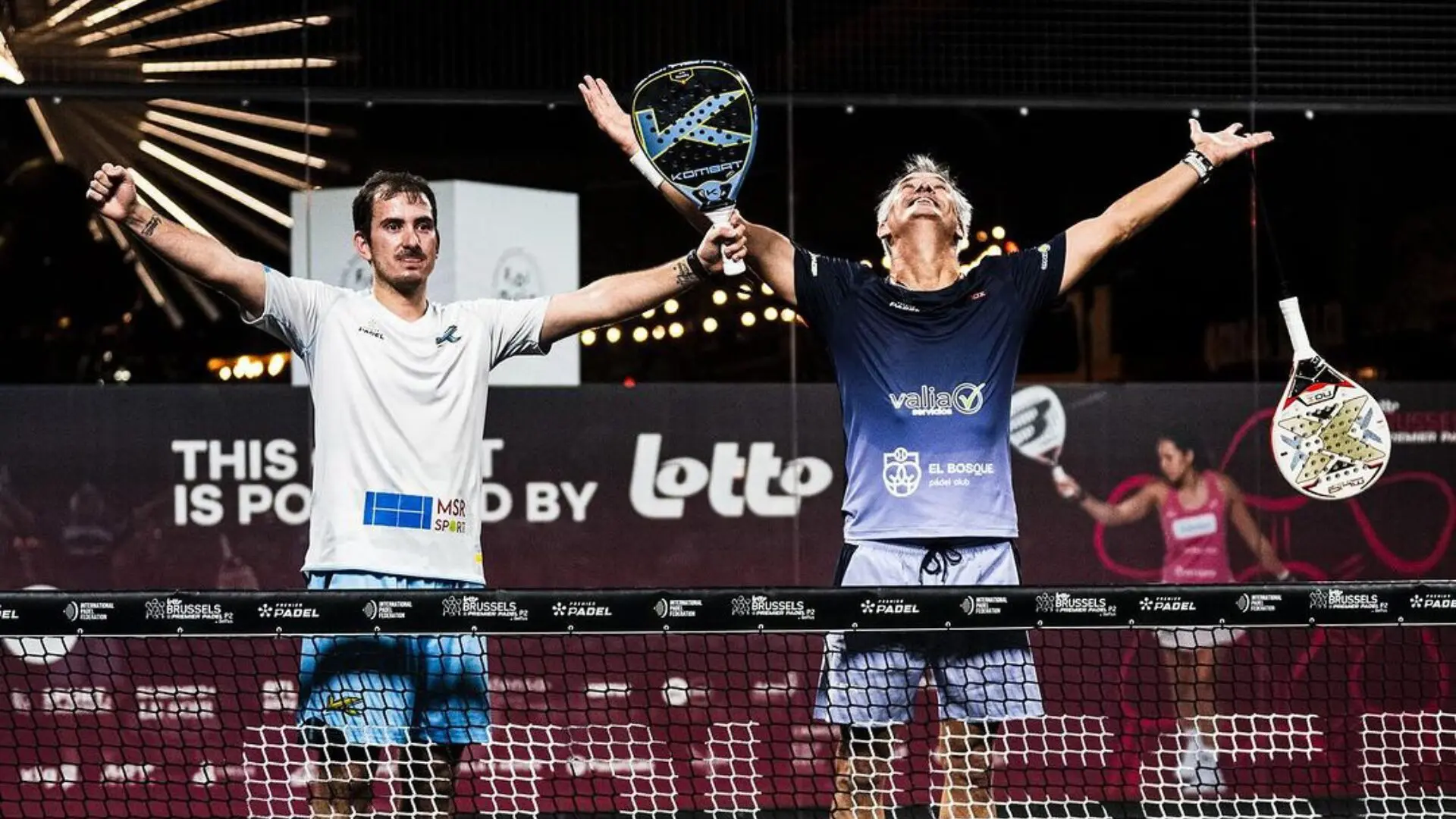 Miguel Lamperti: three tie-breaks and a return to the quarter-finals!
Miguel Lamperti: three tie-breaks and a return to the quarter-finals!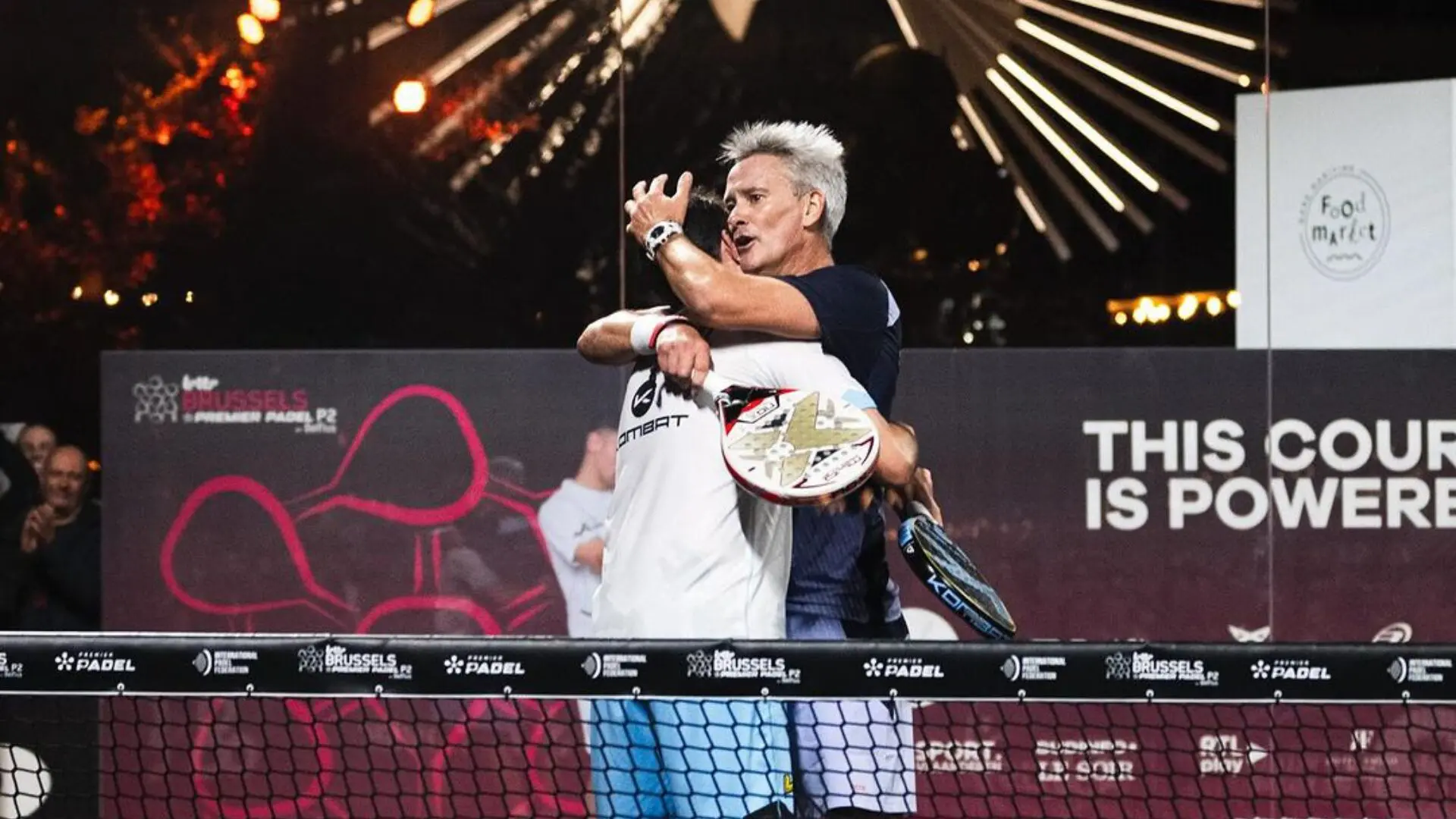 Big evening in Brussels with two seeded players on the mat, heckled number 1s…
Big evening in Brussels with two seeded players on the mat, heckled number 1s…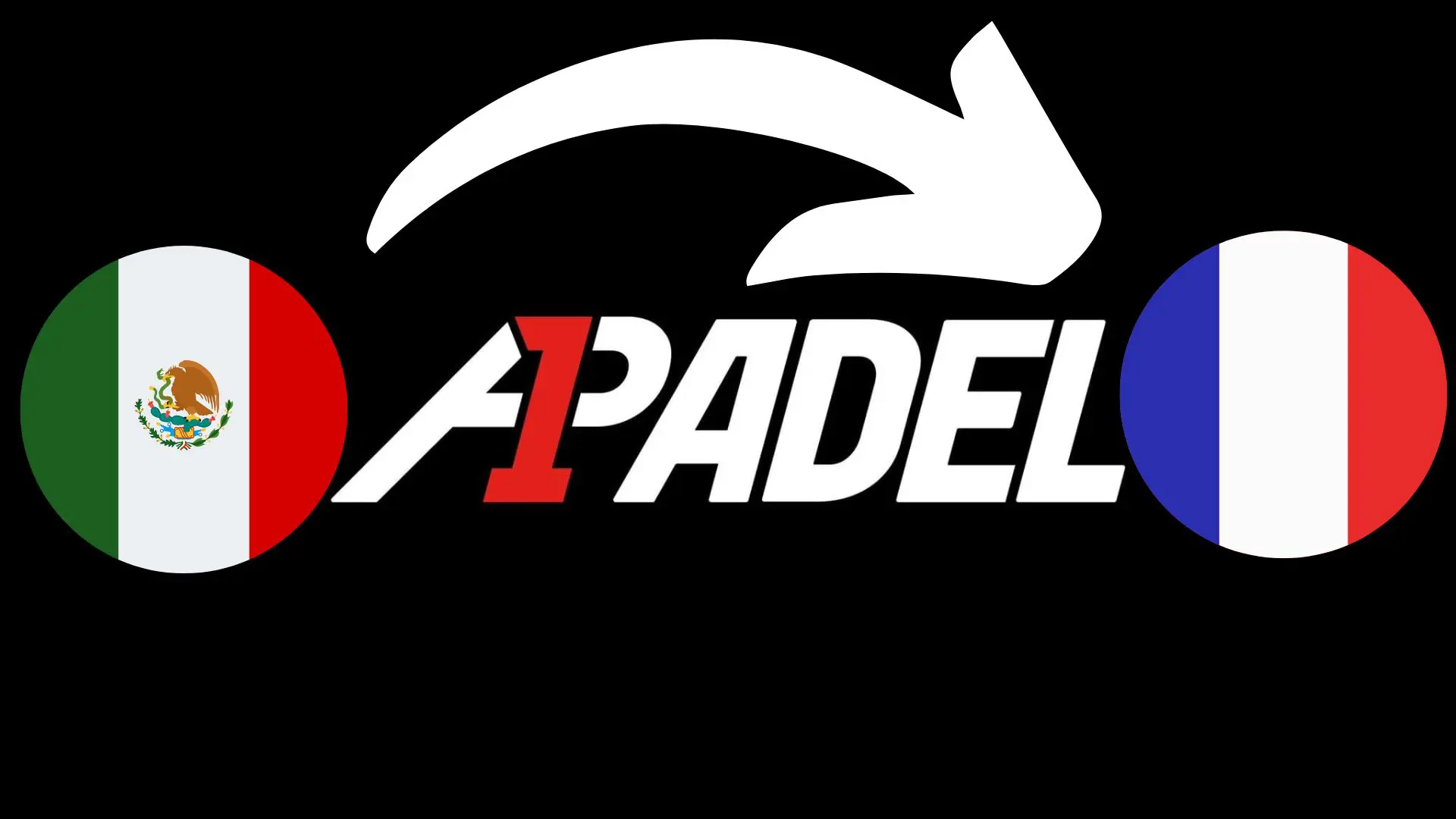 A1 Padel – the French Open replaces the Mexican Open on the calendar
A1 Padel – the French Open replaces the Mexican Open on the calendar Padel Score comes to Tahiti for American Express Padel Cup!
Padel Score comes to Tahiti for American Express Padel Cup! Do you know the Rafa Nadal Academy Tour?
Do you know the Rafa Nadal Academy Tour?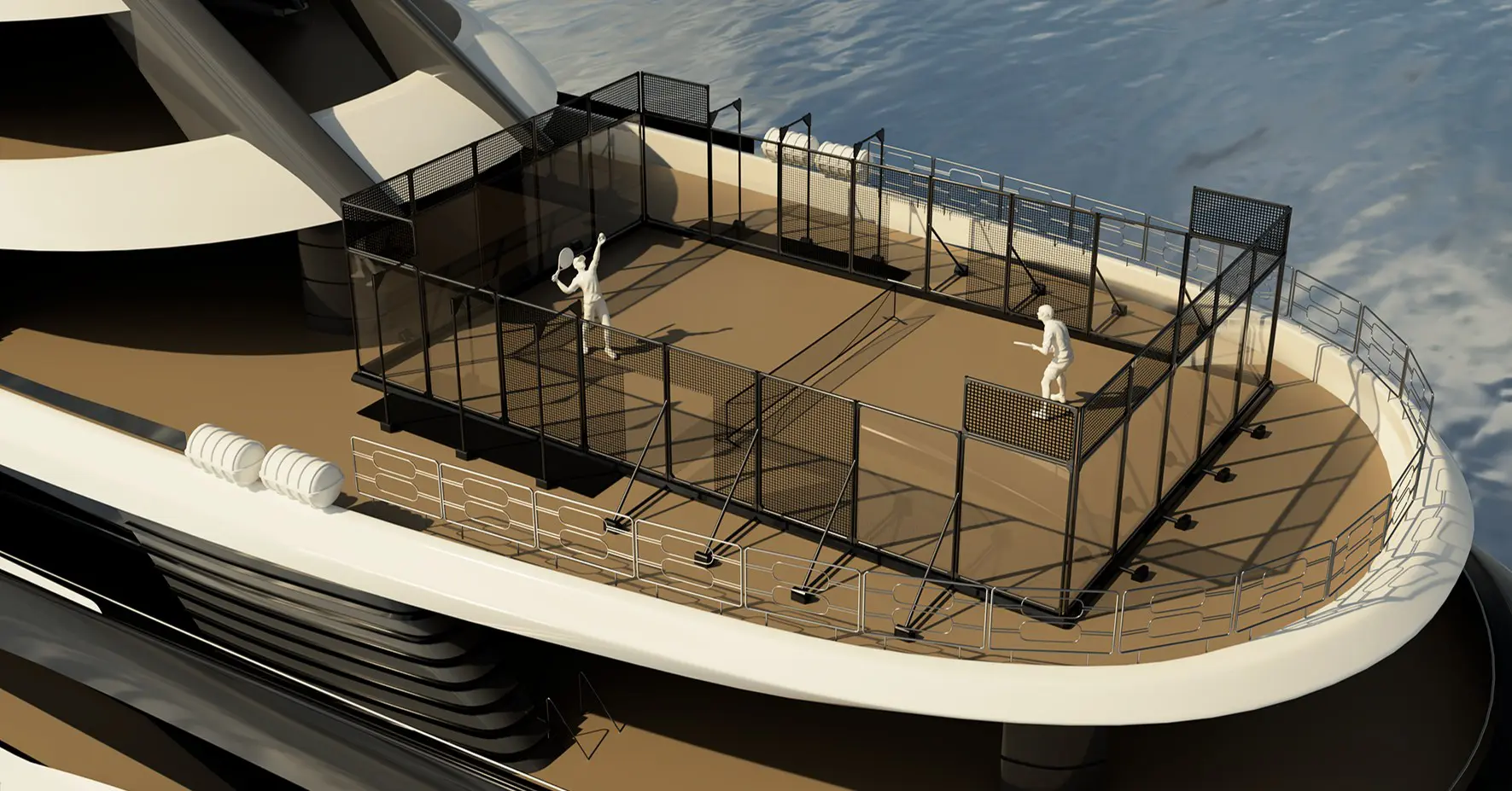 Play at padel on his yacht? Possible for €233.000!
Play at padel on his yacht? Possible for €233.000! Our Top 10 training courses padel in France and Europe
Our Top 10 training courses padel in France and Europe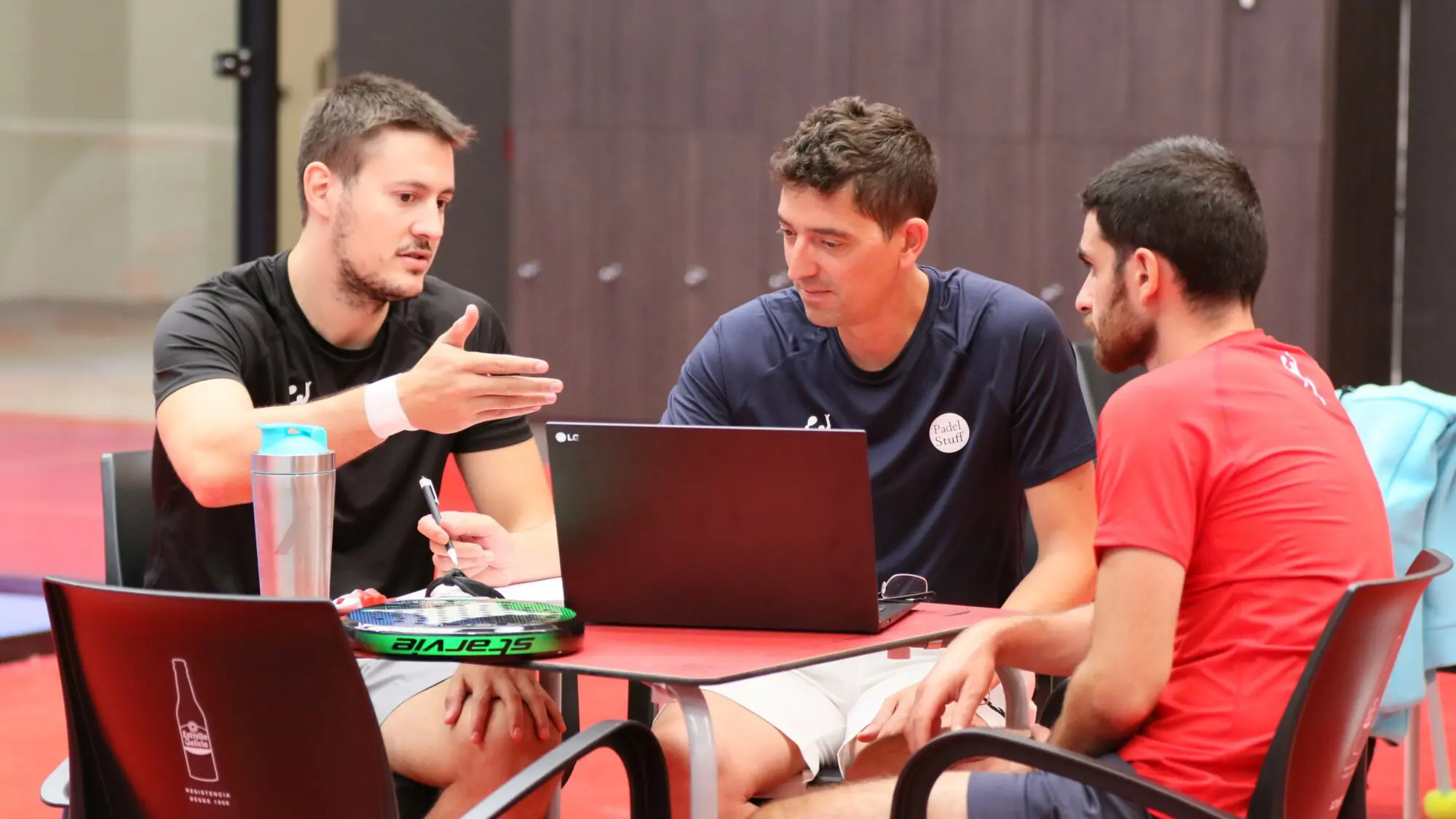 At the heart of padel – Episode 25: Paul and Andoni answer your questions
At the heart of padel – Episode 25: Paul and Andoni answer your questions Tactical padel – What to do when faced with players who systematically stay at the bottom?
Tactical padel – What to do when faced with players who systematically stay at the bottom?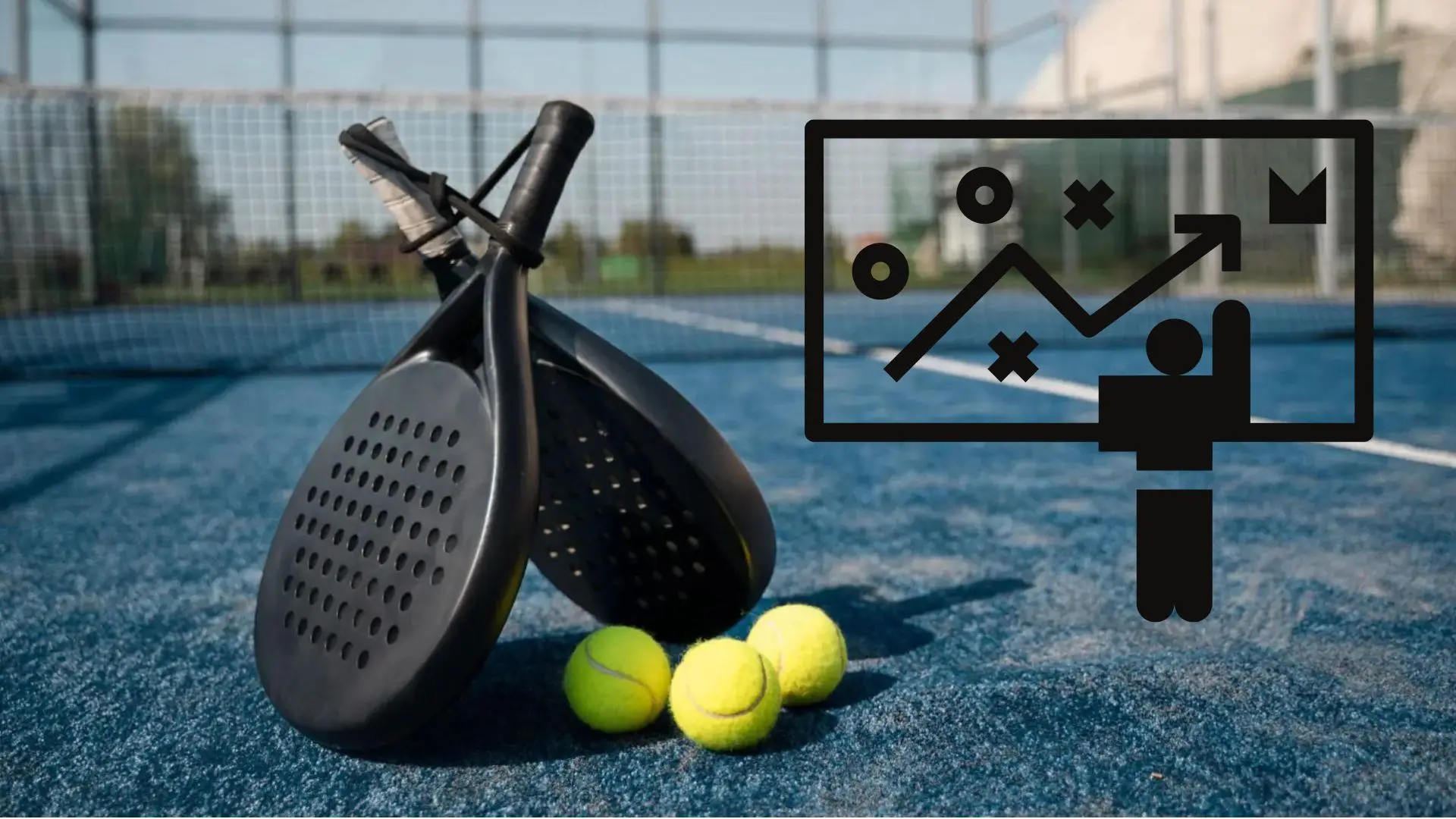 The basic tactics of padel
The basic tactics of padel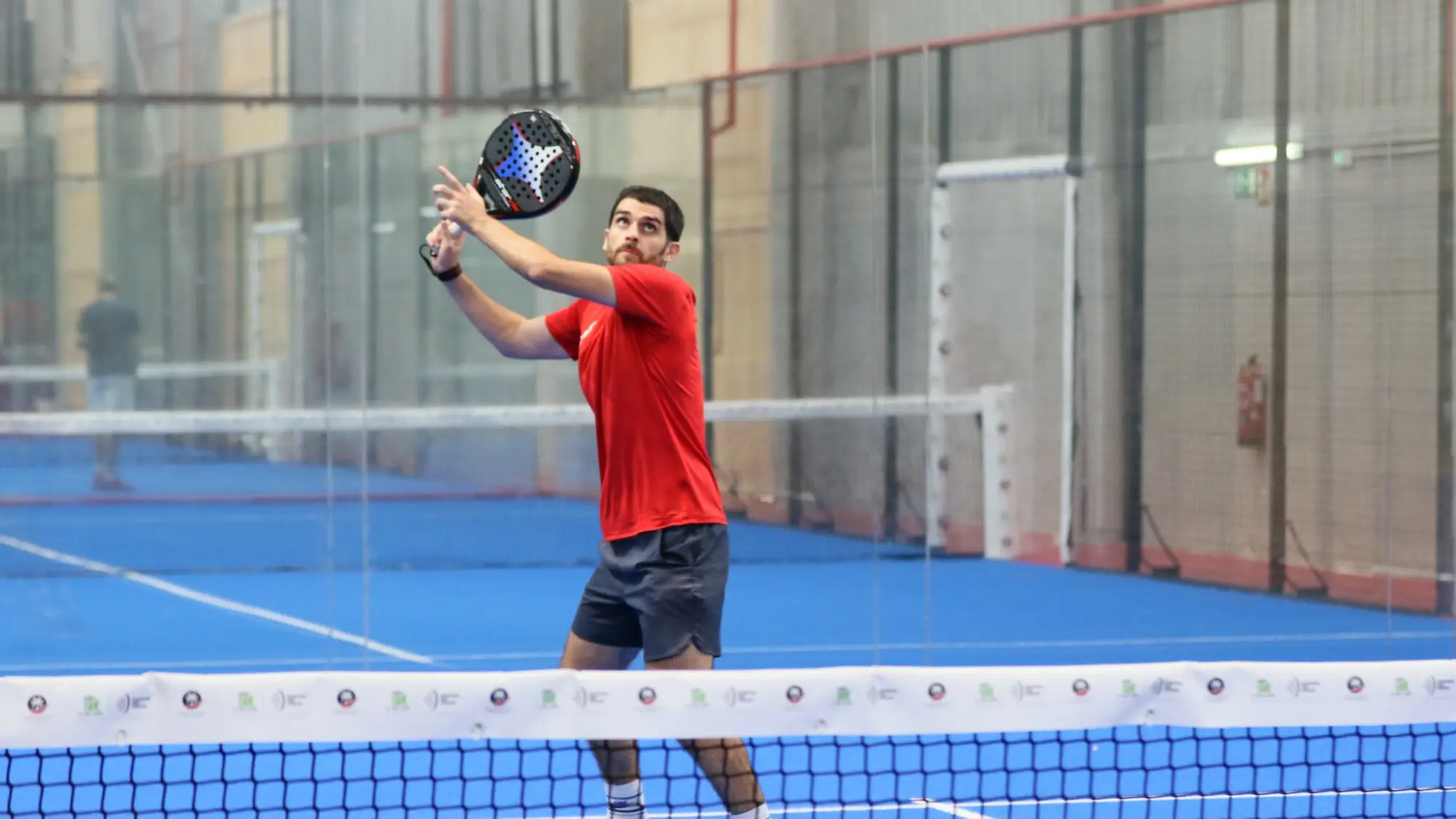 At the heart of padel – Episode 25: Paul and Andoni answer your questions
At the heart of padel – Episode 25: Paul and Andoni answer your questions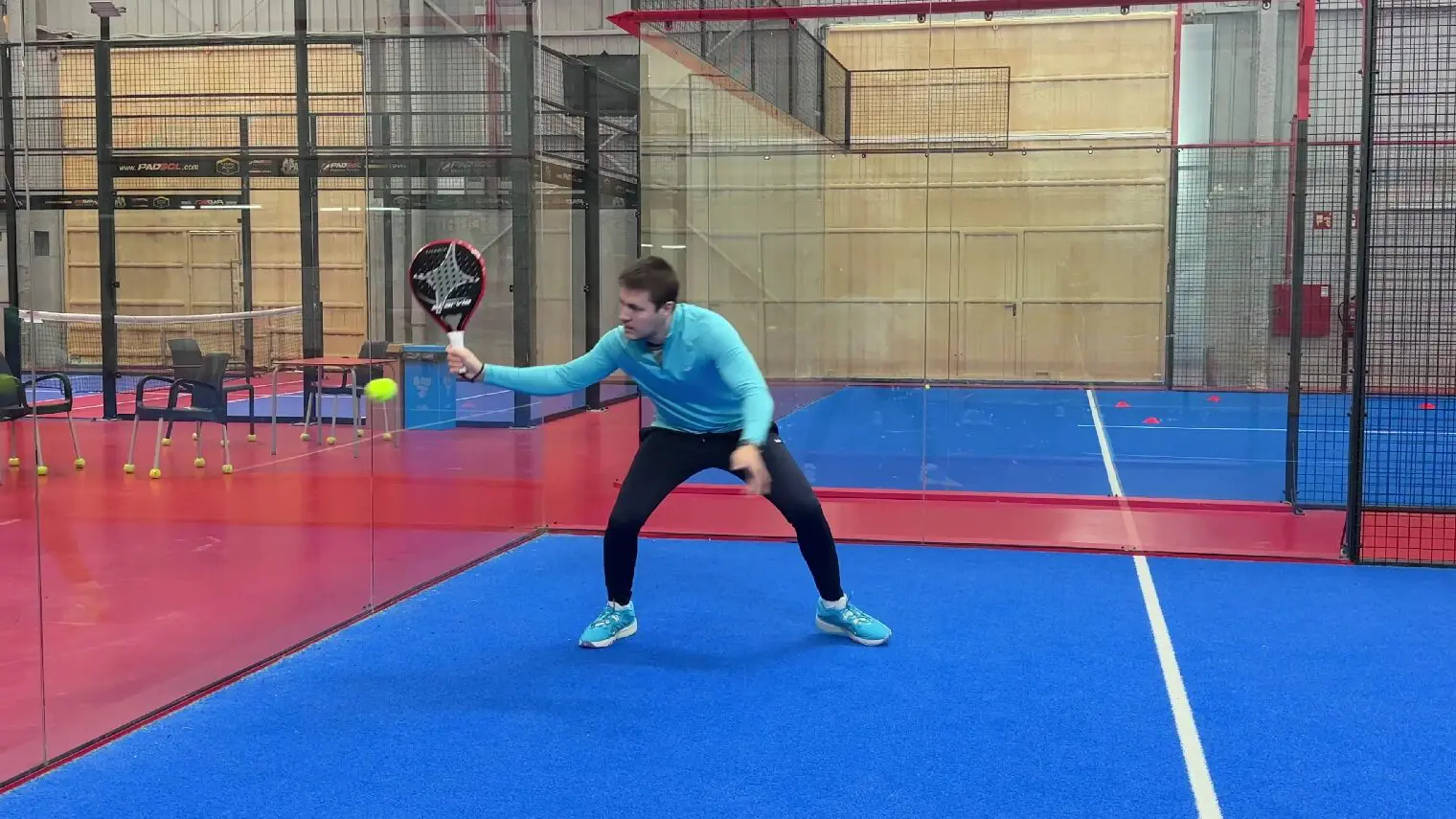 At the heart of padel – Episode 23: defend the window well
At the heart of padel – Episode 23: defend the window well Prohibition on playing topless Padel : the reasons
Prohibition on playing topless Padel : the reasons FIP Tour – Going far from Europe, THE strategy to earn points!
FIP Tour – Going far from Europe, THE strategy to earn points! What is a good football player? padel ?
What is a good football player? padel ? “Lefties give me headaches when I play against them!”
“Lefties give me headaches when I play against them!”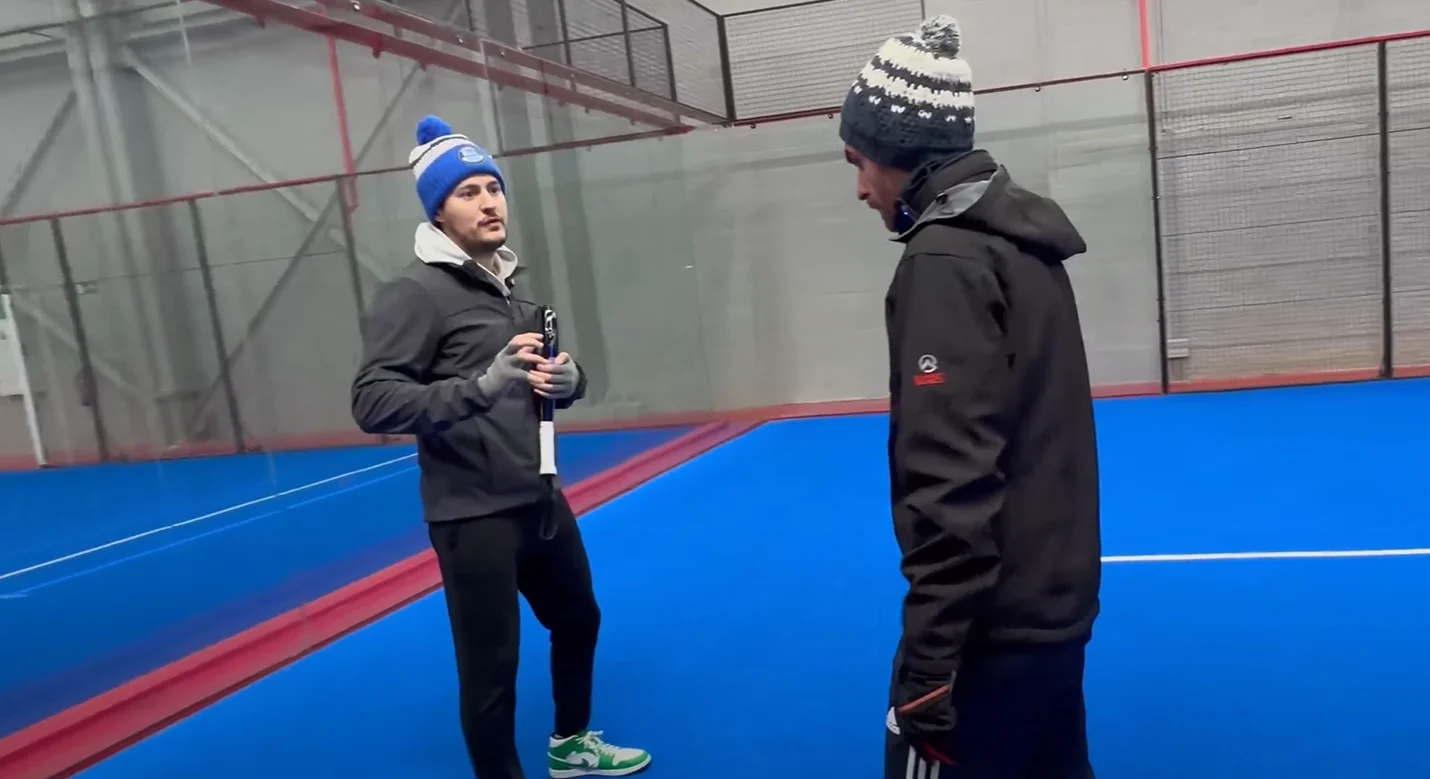 At the heart of padel – Episode 14: how to earn points in winter?
At the heart of padel – Episode 14: how to earn points in winter?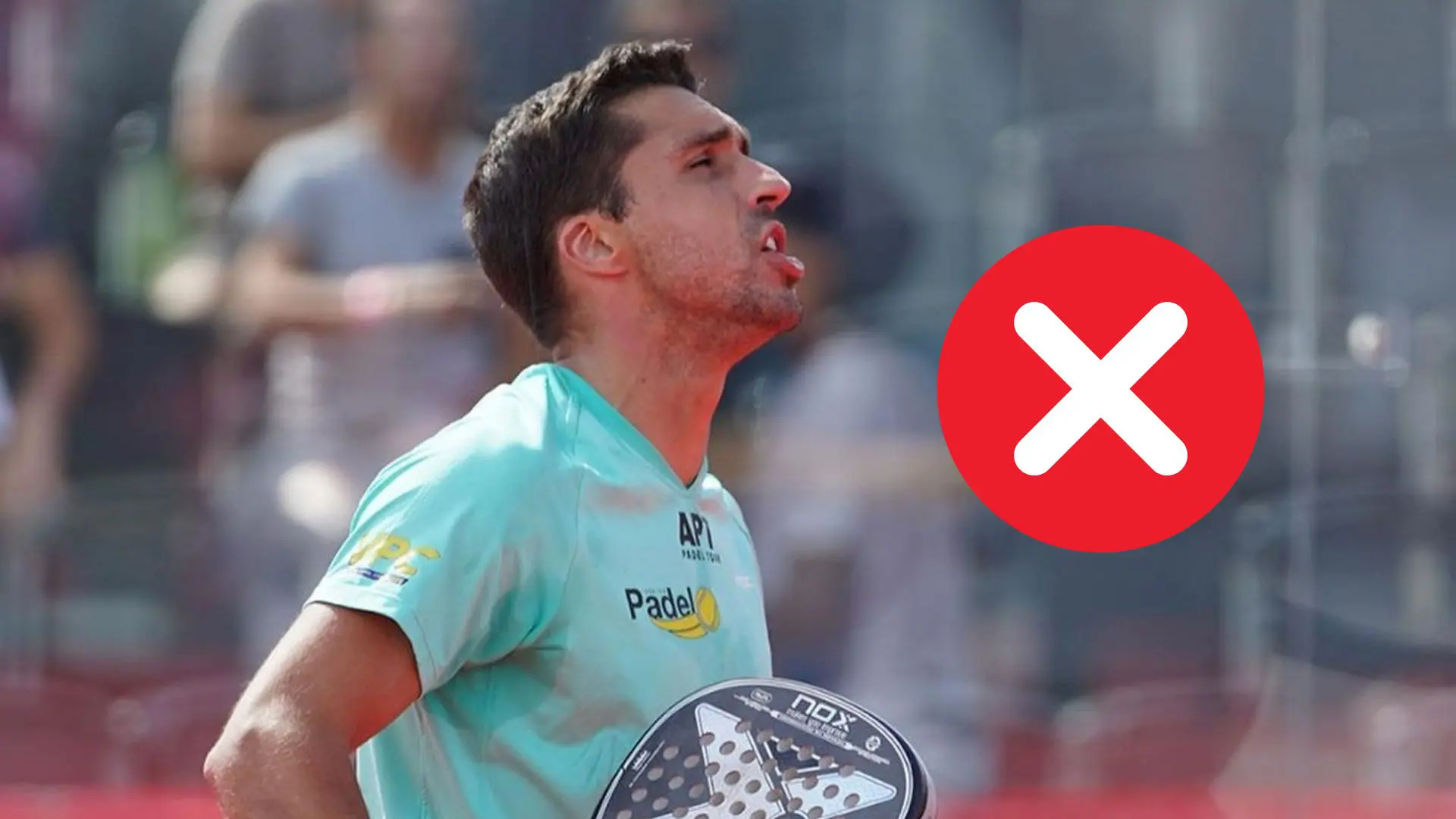 A par 4 is always a winner...even if you manage to defend it!
A par 4 is always a winner...even if you manage to defend it!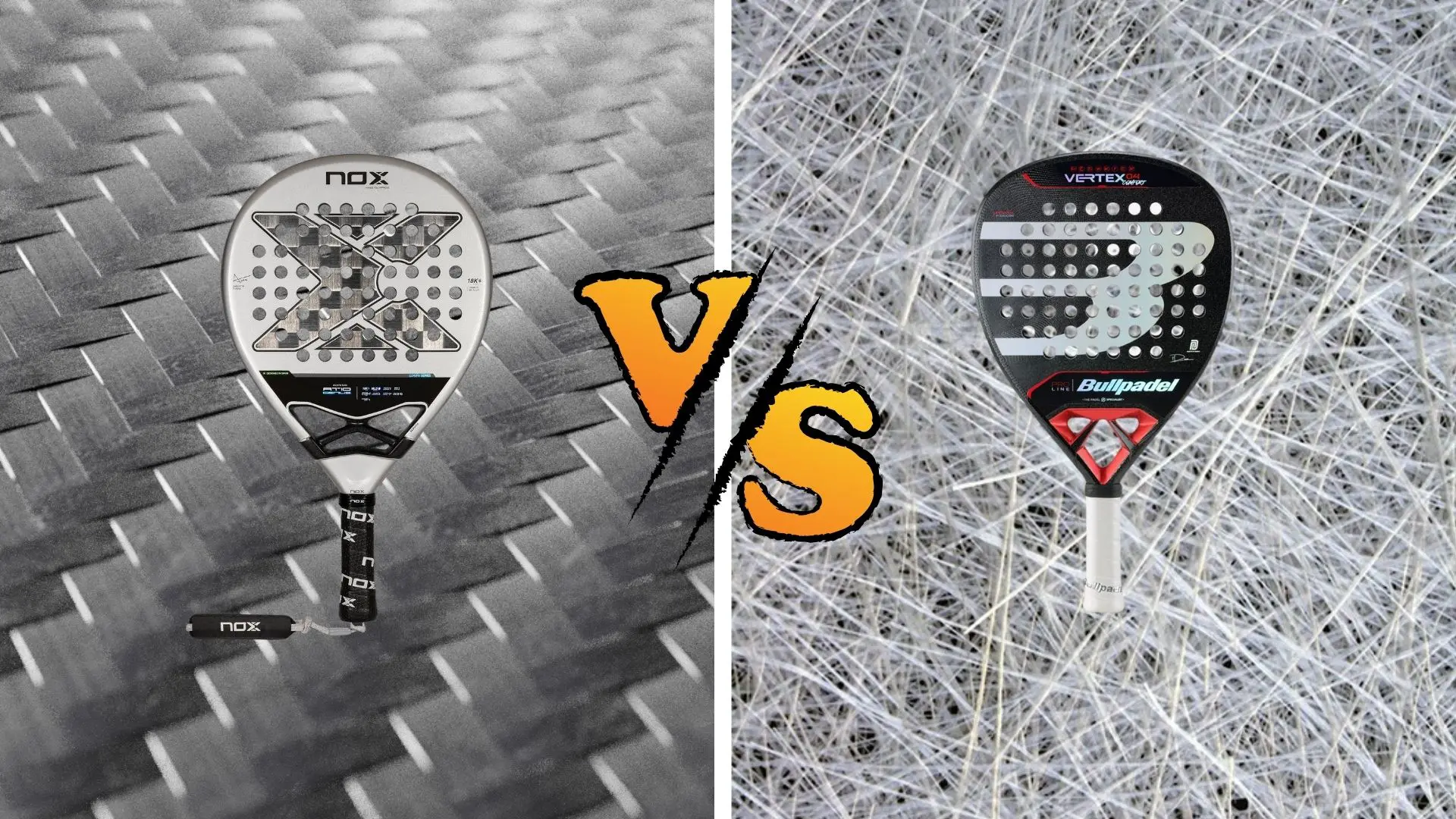 Carbon fiber VS fiberglass: what to choose?
Carbon fiber VS fiberglass: what to choose?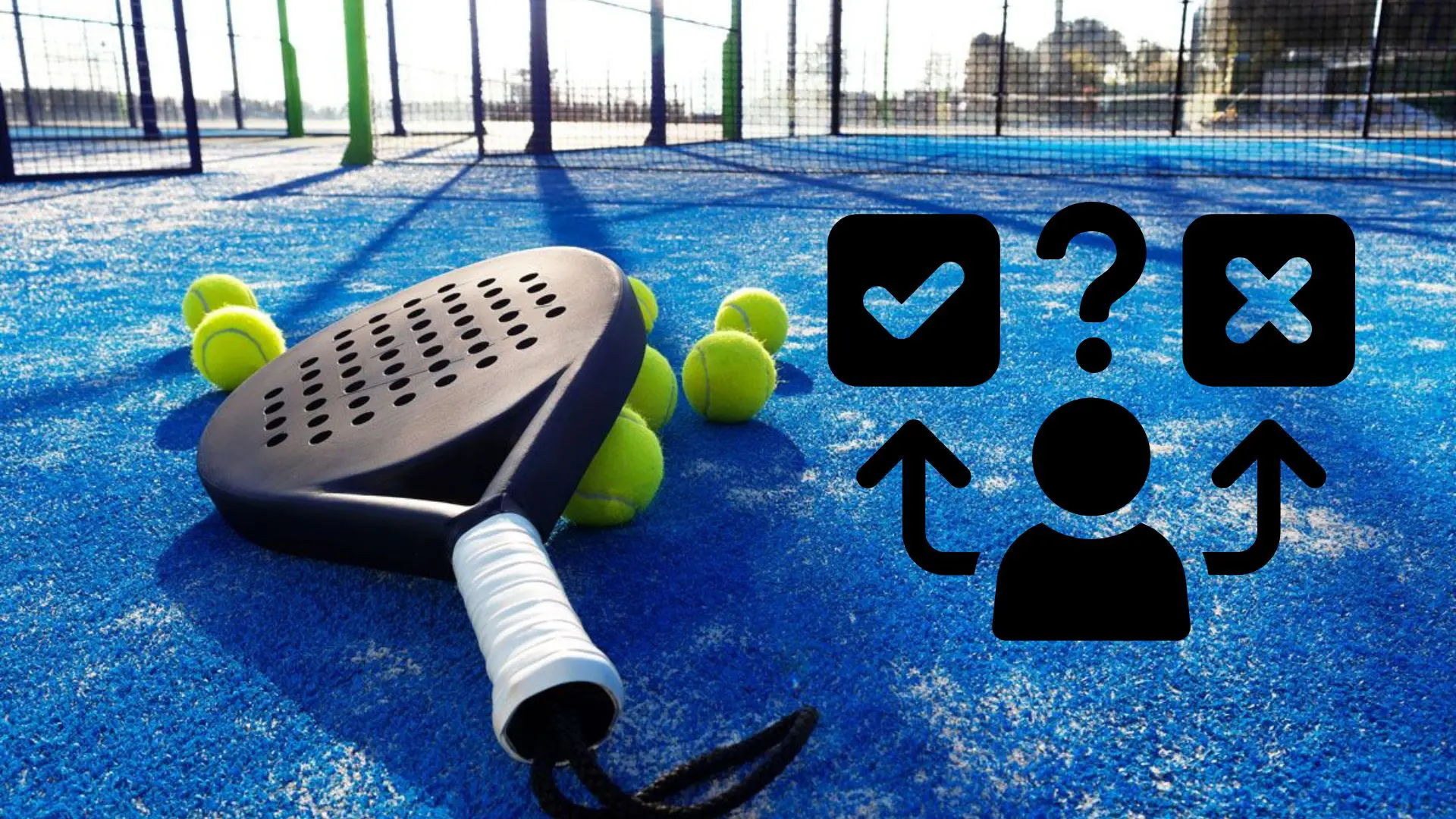 How to effectively test a racket padel ?
How to effectively test a racket padel ?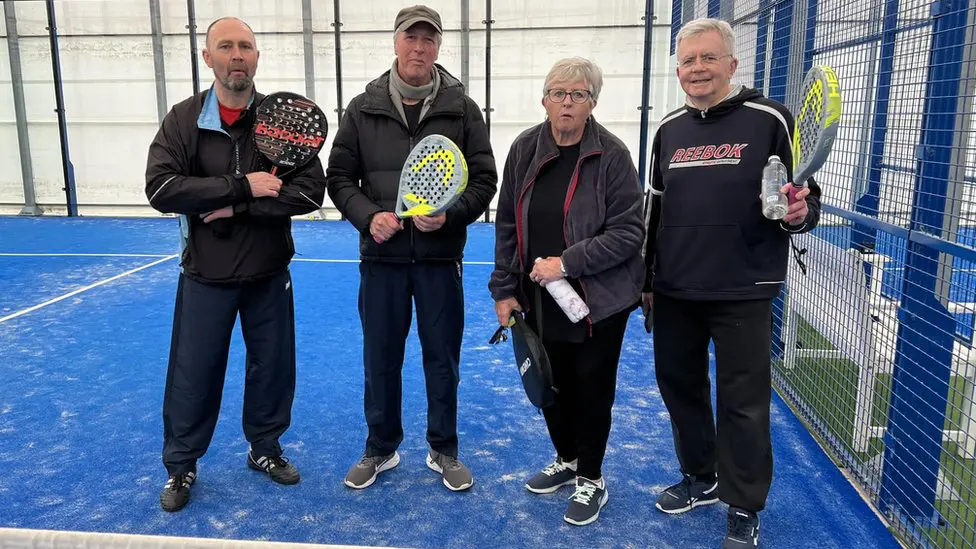 La padel to fight Parkinson's disease
La padel to fight Parkinson's disease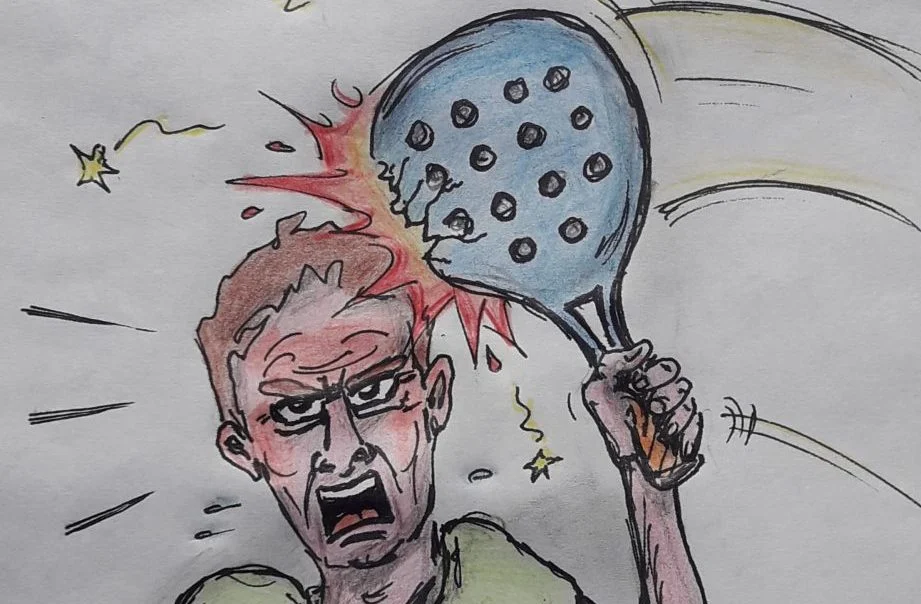 Don't play with a cracked or broken racket, your body will thank you!
Don't play with a cracked or broken racket, your body will thank you! Michel Cymes: “The padel, physically, it’s serious!”
Michel Cymes: “The padel, physically, it’s serious!”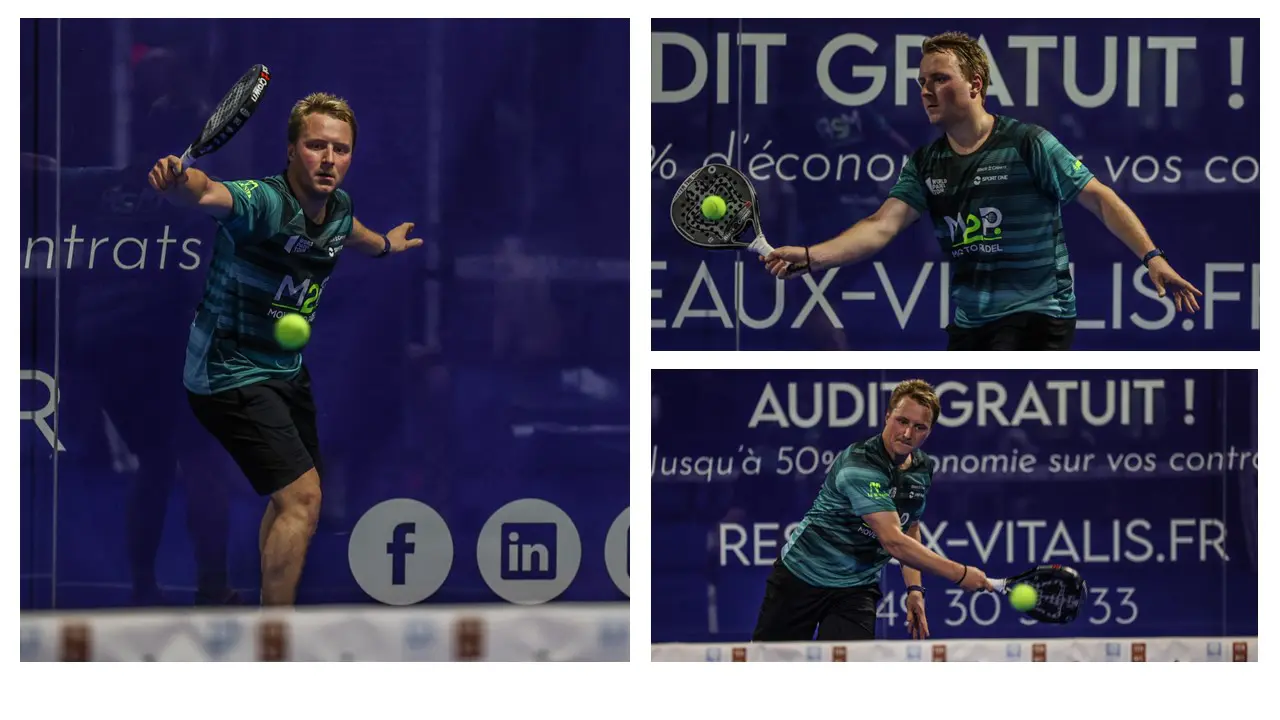 Jeremy Gala: “Promote the padel among young people in Belgium remains a challenge”
Jeremy Gala: “Promote the padel among young people in Belgium remains a challenge”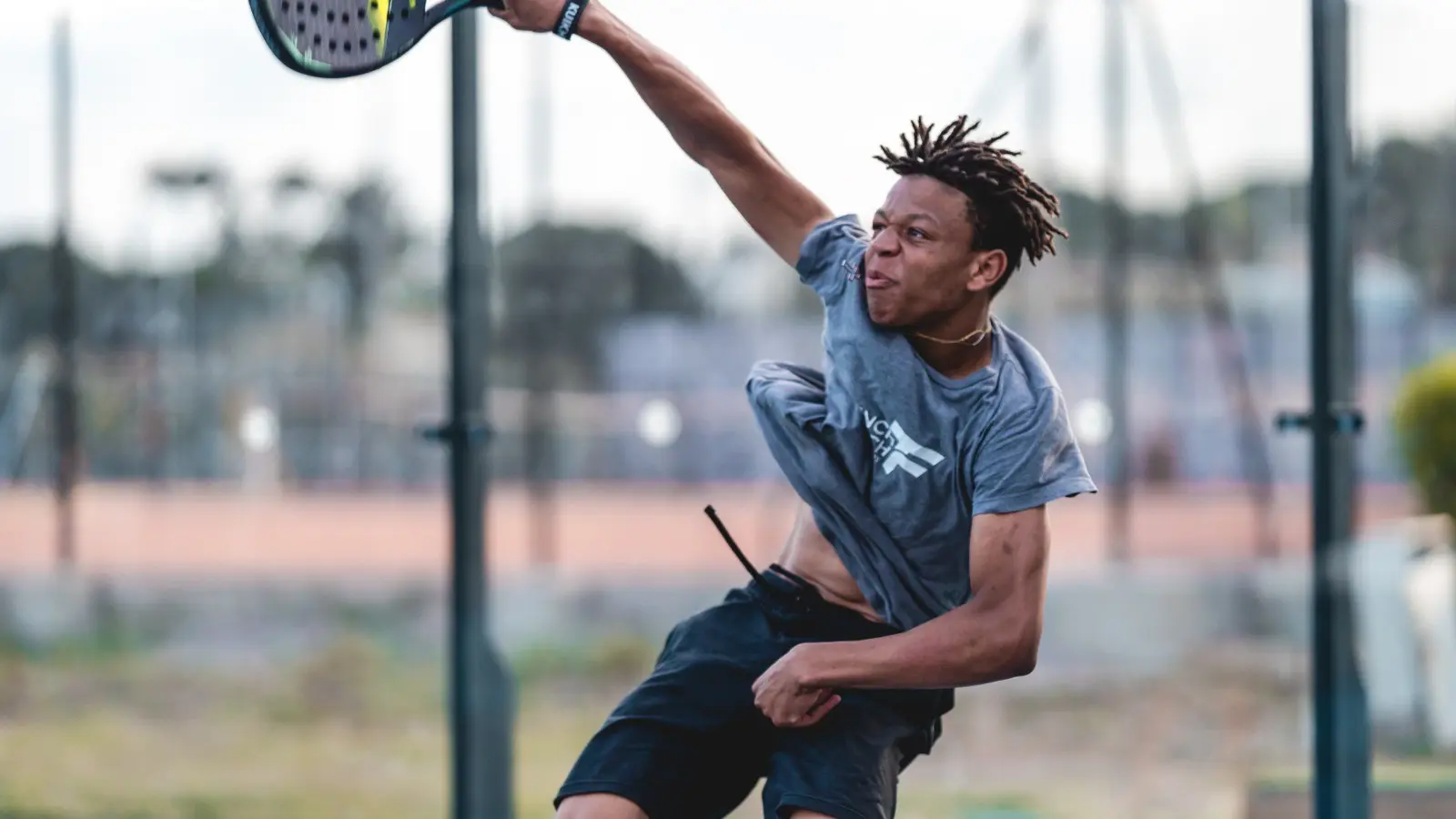 The French Touch Academy organizes its selection day Padel-Study
The French Touch Academy organizes its selection day Padel-Study Report on the detection and training of younger generations
Report on the detection and training of younger generations